Horses are magnificent creatures that have fascinated humans for centuries. One of the most intriguing aspects of these animals is their skin. But what type of skin do horses have? Understanding the nature of a horse’s skin is essential for their proper care and well-being. In this article, we will explore the different characteristics of a horse’s skin and how it differs from human skin.
Horse Skin Structure
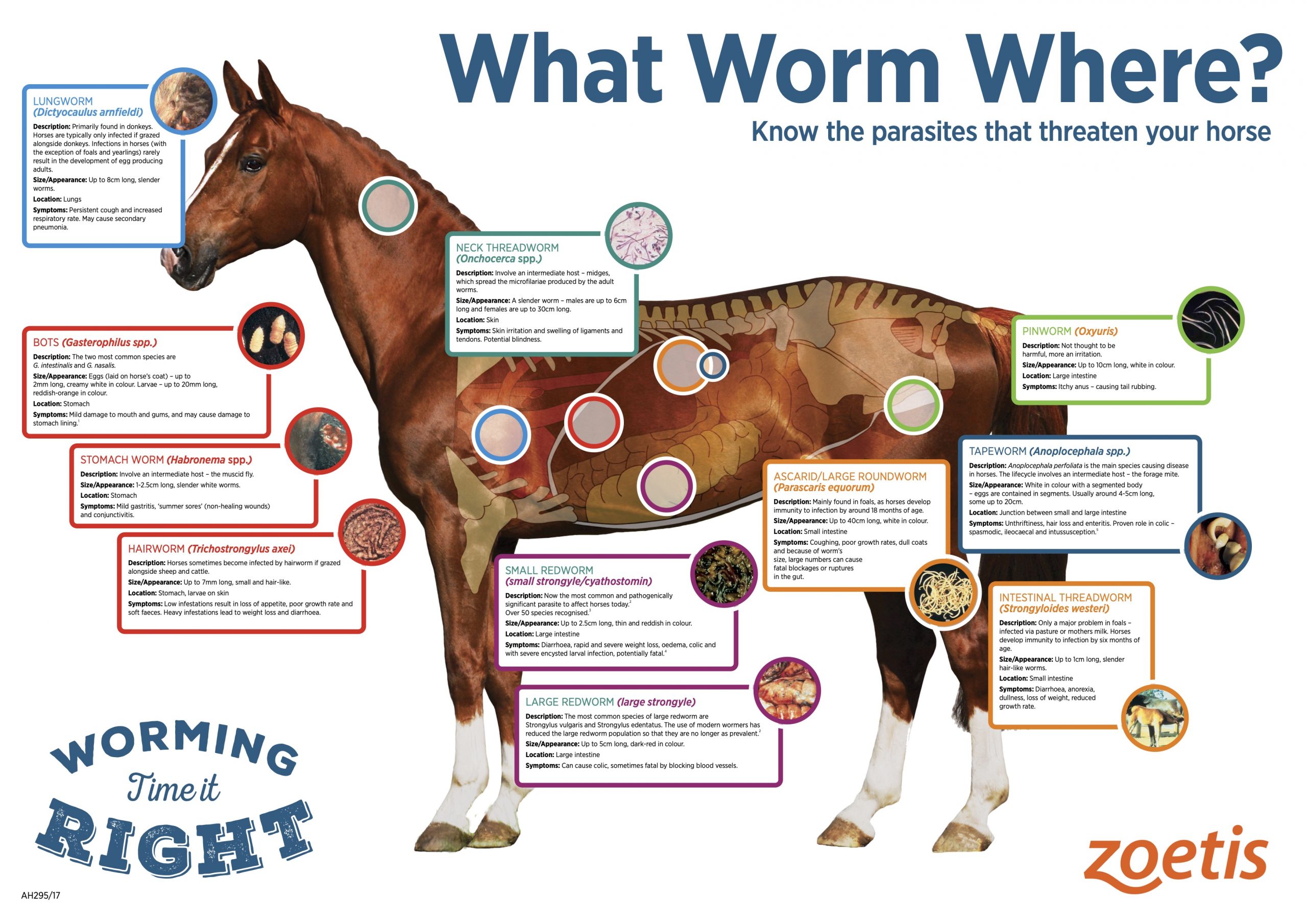
The skin is the largest organ of the horse’s body and serves several important functions. It acts as a protective barrier against the environment, regulates body temperature, and houses sensory receptors. The structure of a horse’s skin consists of different layers that contribute to its overall function and health.
Epidermis
The outermost layer of the horse’s skin is called the epidermis. This layer is composed of multiple sub-layers, including the stratum corneum, stratum granulosum, stratum spinosum, and stratum basale. The epidermis provides protection against external factors such as UV radiation, microorganisms, and physical injuries.
Dermis
Beneath the epidermis lies the dermis, which is the thickest layer of the horse’s skin. The dermis contains blood vessels, nerves, hair follicles, and sweat glands. It plays a crucial role in maintaining the skin’s elasticity and providing support to the epidermis.
Subcutis
The deepest layer of the horse’s skin is the subcutis, also known as the hypodermis. This layer primarily consists of adipose tissue, which serves as insulation and energy storage. The subcutis also contains larger blood vessels and nerves that supply the dermis and epidermis.
Hair and Coat
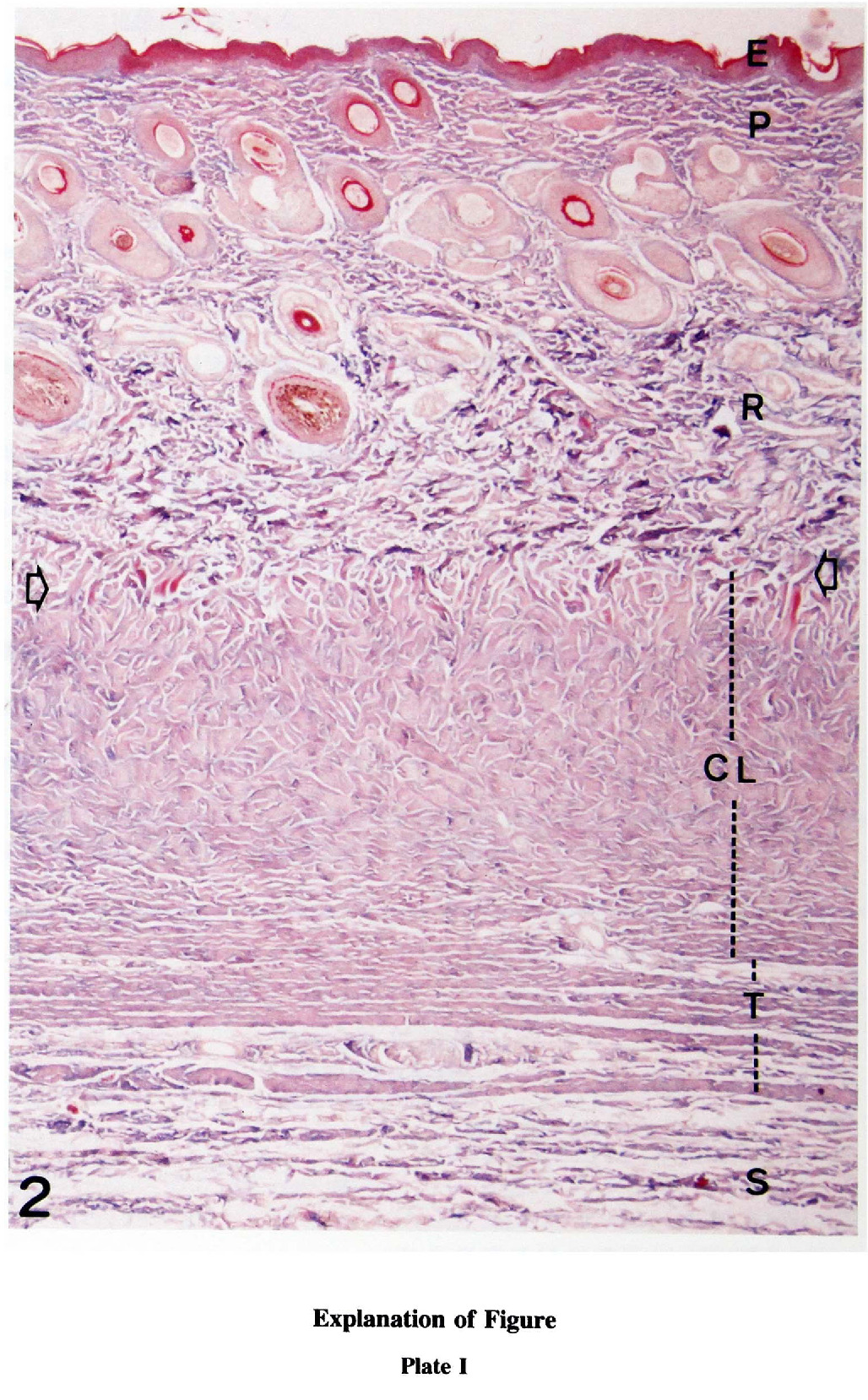
Horses are known for their beautiful and varied coats, which are an extension of their skin. The hair and coat of a horse serve multiple purposes, including protection from the elements, camouflage, and communication. The type and density of a horse’s coat vary depending on factors such as breed, climate, and individual genetics.
Types of Hair
Horses have different types of hair on their bodies, including the coarse guard hairs that provide protection and the softer, insulating undercoat. Additionally, horses have specialized hairs such as whiskers, mane, and tail hair, each with unique functions. The color and pattern of a horse’s coat are determined by the distribution of pigmented and non-pigmented hairs.
Shedding
Horses undergo seasonal shedding, where they lose their winter coat to make way for a lighter summer coat. This process is influenced by changes in daylight and temperature, and it helps horses regulate their body temperature according to the seasons.
Sweat Glands
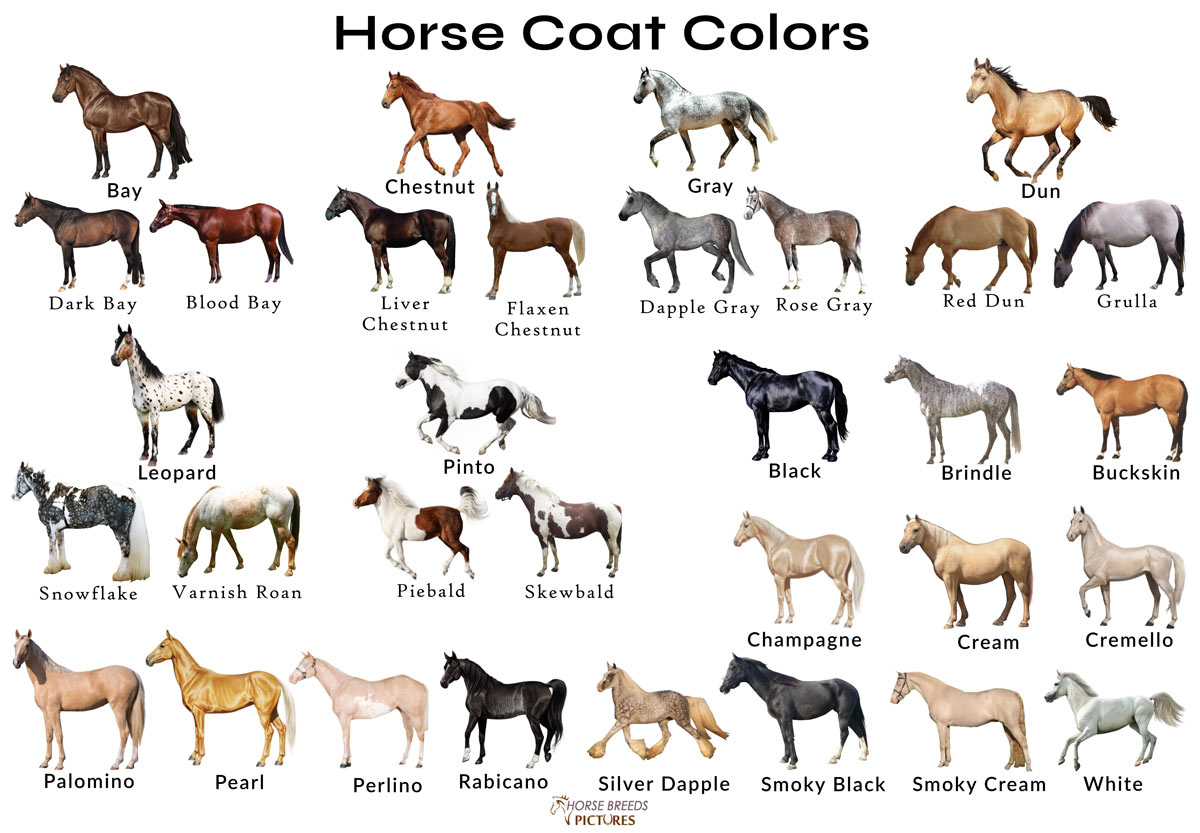
Unlike humans, horses rely on sweating as a primary mechanism for thermoregulation. Sweat glands are distributed across the horse’s body, with the highest concentration found in areas such as the neck, chest, and flanks. Sweat production increases during exercise or in response to high ambient temperatures, allowing horses to cool down through evaporative heat loss.
Sweat Composition
The composition of horse sweat differs from that of humans, containing higher concentrations of electrolytes such as sodium, chloride, and potassium. This unique composition reflects the horse’s dietary needs and the loss of electrolytes during sweating, which must be replenished to maintain proper hydration and electrolyte balance.
Common Skin Conditions
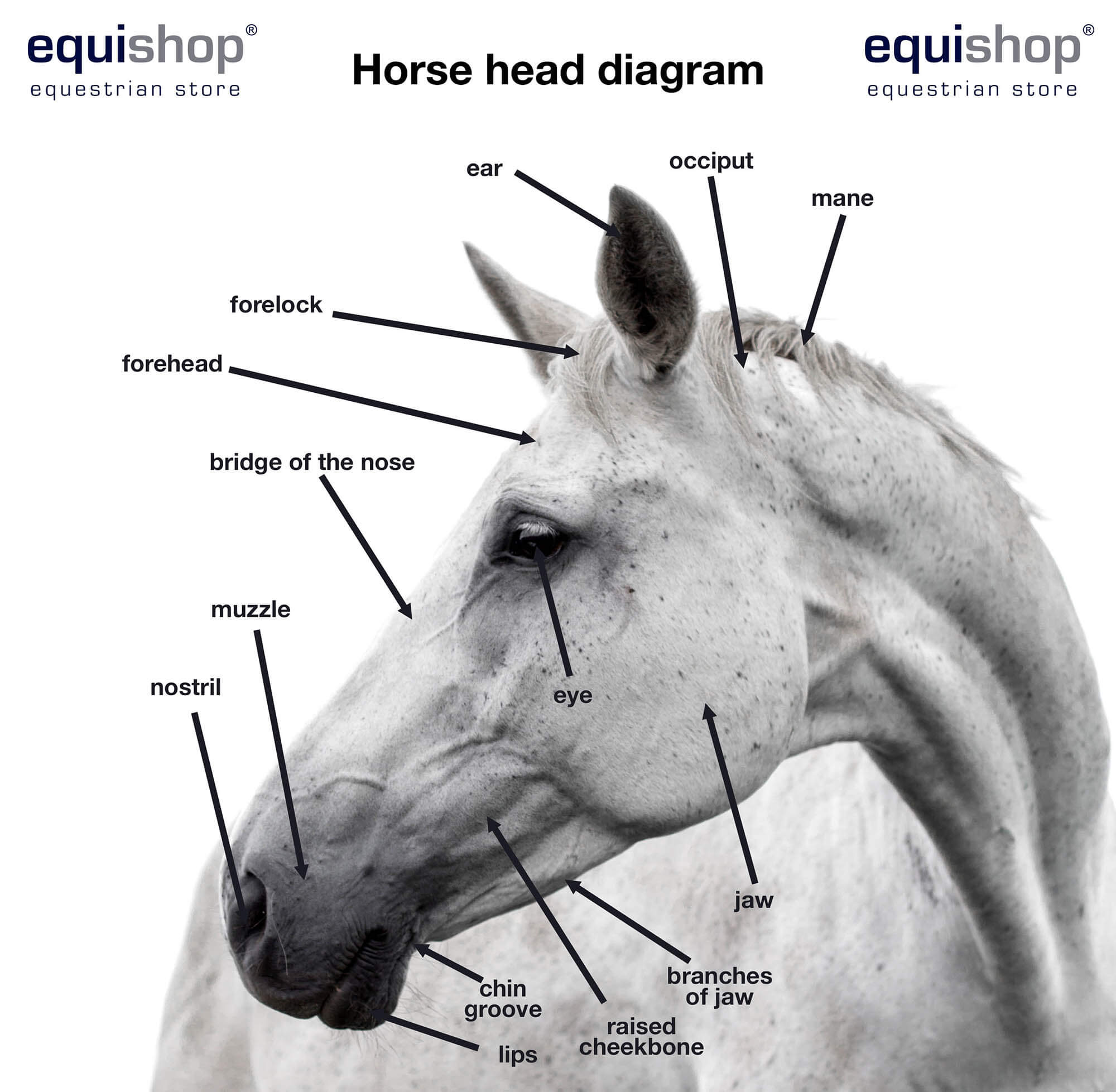
Just like humans, horses are susceptible to various skin conditions that can impact their health and well-being. Understanding these conditions and their causes is essential for proper management and treatment.
Rain Rot
Rain rot, also known as dermatophilosis, is a common bacterial skin infection in horses. It is characterized by scabby, crusty lesions that form on the horse’s back, neck, and hindquarters, particularly in wet and humid conditions.
Sweet Itch
Sweet itch, or summer eczema, is an allergic reaction to the bites of certain insects, particularly Culicoides midges. Horses affected by sweet itch develop intense itching, hair loss, and skin inflammation, especially in the mane and tail areas.
Scratches
Scratches, or pastern dermatitis, is a condition that affects the lower limbs of horses, causing scabby, crusty lesions and skin inflammation. It is often associated with prolonged exposure to moisture and poor stable hygiene.
Sunburn
Horses with light-colored or pink skin are susceptible to sunburn, especially on areas such as the nose, ears, and white markings. Sunburn can cause pain, inflammation, and peeling of the skin, requiring protection from UV radiation and proper skincare.
Curious about all things related to horses? Whether you’re interested in what horses wear, how they are bred, or how they are born, our articles on what horses wear, how horses are bred, and how horses are born can provide you with fascinating insights into the world of these magnificent creatures!
Conclusion
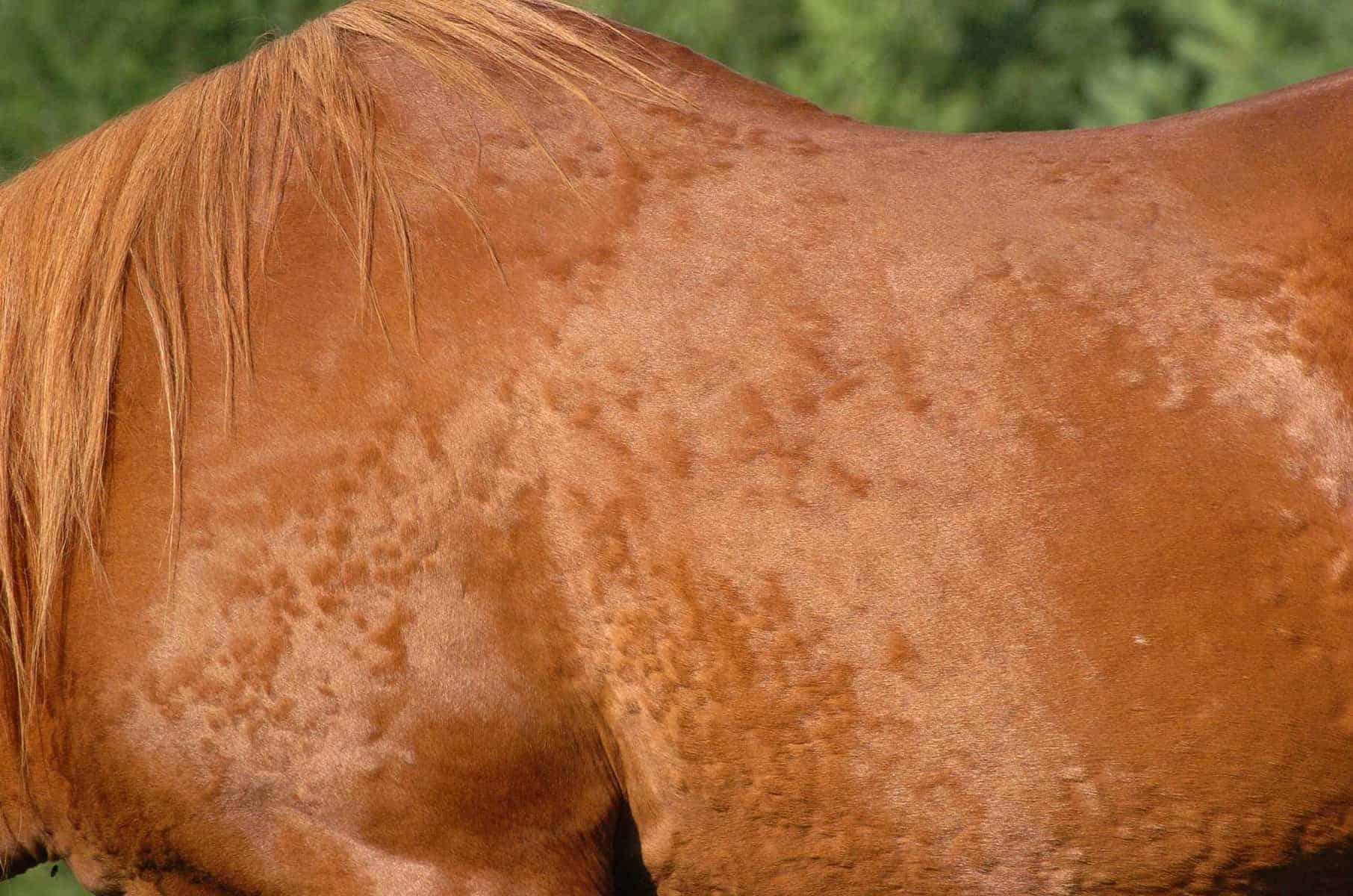
In conclusion, horses have a unique and complex skin structure that plays a vital role in their overall health and well-being. Understanding the different layers of the skin, the function of hair and sweat glands, and common skin conditions is essential for proper horse care. By taking proactive measures to protect and maintain a horse’s skin, owners and caretakers can ensure the comfort and health of these remarkable animals.



